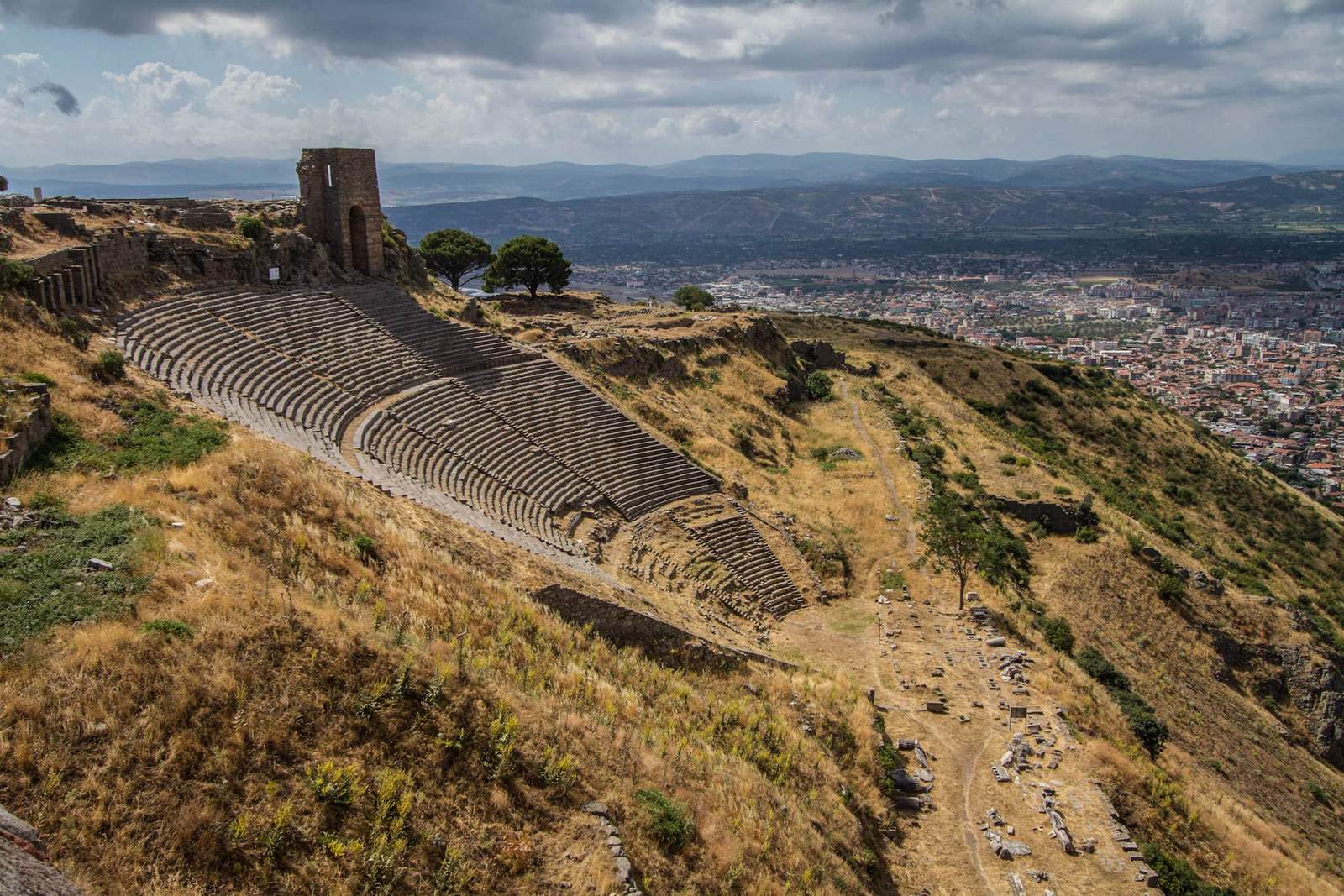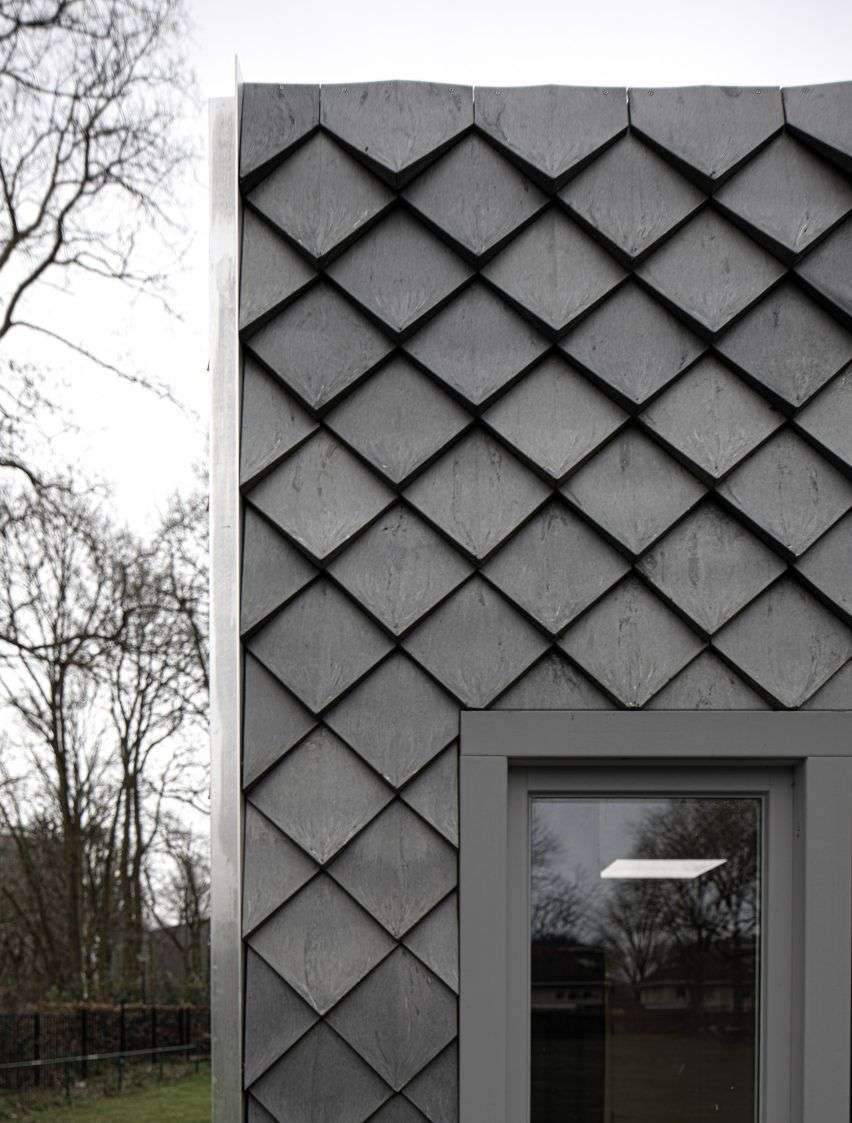

Introduction
Contemporary architecture plays a vital role in revitalizing urban landscapes, combining modernity, sustainability, and the preservation of cultural heritage. Through innovative designs and sustainable practices, architects are transforming cities, turning them into vibrant, environmentally conscious spaces that honor their past while embracing the future.
The Fusion of Modernity and Tradition
One of the critical aspects of contemporary architecture is the seamless integration of modern design elements with traditional architectural styles. By merging modernity with cultural heritage, architects create visually captivating structures that respect the history and identity of a place while embracing technological advancements.
An excellent example of this is the Tokyo International Forum in Japan. This architectural marvel combines futuristic design, glass facades, and steel structures with traditional Japanese architectural elements. The result is a stunning blend of old and new, attracting visitors from around the world and embracing cultural heritage while representing Japan’s cutting-edge technological advancements.

Sustainability: Paving the Way for a Greener Future
In the face of global climate change, sustainability has become a fundamental pillar of contemporary architecture. Architects strive to create buildings that are energy-efficient, environmentally friendly, and harmonious with their surroundings.
The Seattle Central Library is a shining example of sustainability in contemporary architecture. Clad in glass and steel, this iconic structure incorporates green roofs, rainwater harvesting systems, and energy-efficient lighting. By integrating innovative techniques, it reduces its carbon footprint while offering its users a visually striking space that promotes environmental responsibility.

Preserving Cultural Heritage
Contemporary architecture’s commitment to preserving cultural heritage is a testament to the importance of history and traditions. Architects work diligently to restore and repurpose historic buildings, giving them a renewed purpose while paying homage to their past.
The Tate Modern in London exemplifies this commitment to cultural heritage. Originally a power station, this iconic building now houses one of the most visited contemporary art museums in the world. The architects retained the industrial aesthetic of the power station while transforming it into a modern space for art and culture, demonstrating the fusion of past and present in contemporary architecture.

Conclusion
Reviving urban landscapes through contemporary architecture offers a unique opportunity to merge modernity, sustainability, and cultural heritage. By balancing the preservation of history with innovative design, architects create vibrant, eco-conscious spaces that celebrate a city’s past while embracing its future. Through their visionary work, they shape our urban environments into sustainable and culturally rich landscapes that inspire and captivate.
As we continue to develop our cities, let us remember the value of our cultural heritage and the importance of sustainable practices, ensuring that our urban landscapes remain livable and meaningful for generations to come.





